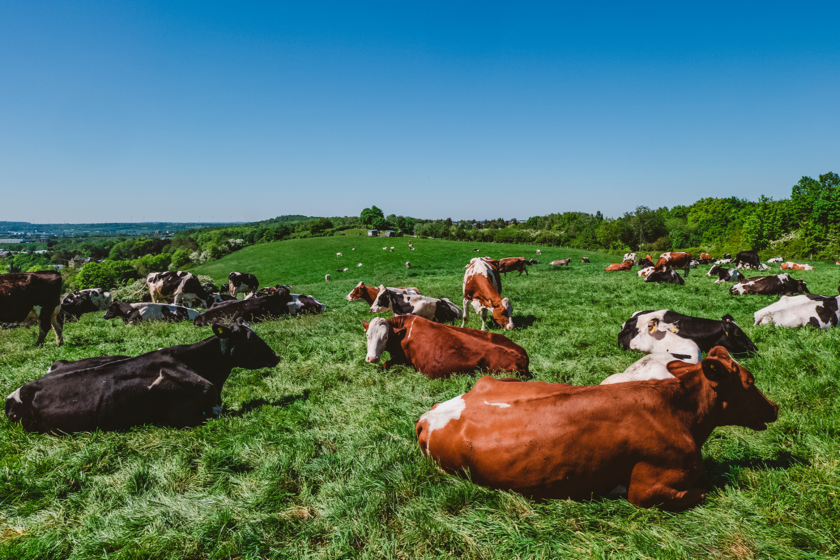The idea makes some amateurs of this summer fruit grimacate, but the reality is more nuanced. Between fascinating biology and popular belief, it is time to disentangle the true from the false.
A fruit not quite like the others
Unlike most fruits, fig is not a simple receptacle of seeds. It is actually an infruutes, a kind of inverted flower where the small flowers are located inside the fruit. To ensure the pollination of certain figures of fig trees, nature has developed an amazing partnership with an insect: the figure of the fig tree, or blastophagus.
In the so -called “Caprifiguers” varieties, reproduction depends on this small insect. The female wasp, tiny (just a few millimeters), enters the fig to lay her eggs there, bringing the pollen to the passage. Once her mission is accomplished, she dies inside the fruit. The larvae will develop, then new wasps will leave the fig to start the cycle elsewhere again. This mechanism has existed for millions of years: fig and wasp have evolved together, each dependent on the other to survive.
The figs of our plates do not contain insects
Let us immediately reassure amateurs: the figs that are consumed in Europe, Turkey or California come mainly from parthenocarpical varieties. This means that they develop without fertilization, therefore without the need for a wasp. In other words, no trace of insect is present there.
Even when a fig comes from conventional pollination, the famous wasp does not remain intact. The fruit contains an enzyme, the ficine, which completely digests the insect, to the point of reducing it in invisible and undetectable nutrients. There is never a “crunchy” wasp in a fig.
If this belief persists, it is undoubtedly because history has something to mark the spirits: a sweet fruit which contains an insect, it strikes the imagination. But in reality, the consumer has no chance of falling on a wasp by biting in a trade fig.
🟣 To not miss any news on the Geek newspaper, subscribe to Google News and on our WhatsApp. And if you love us, .











